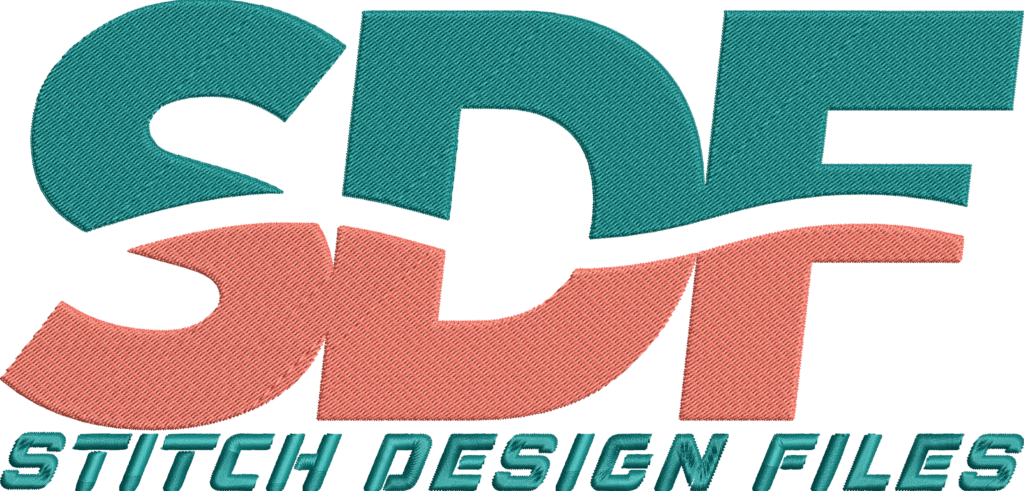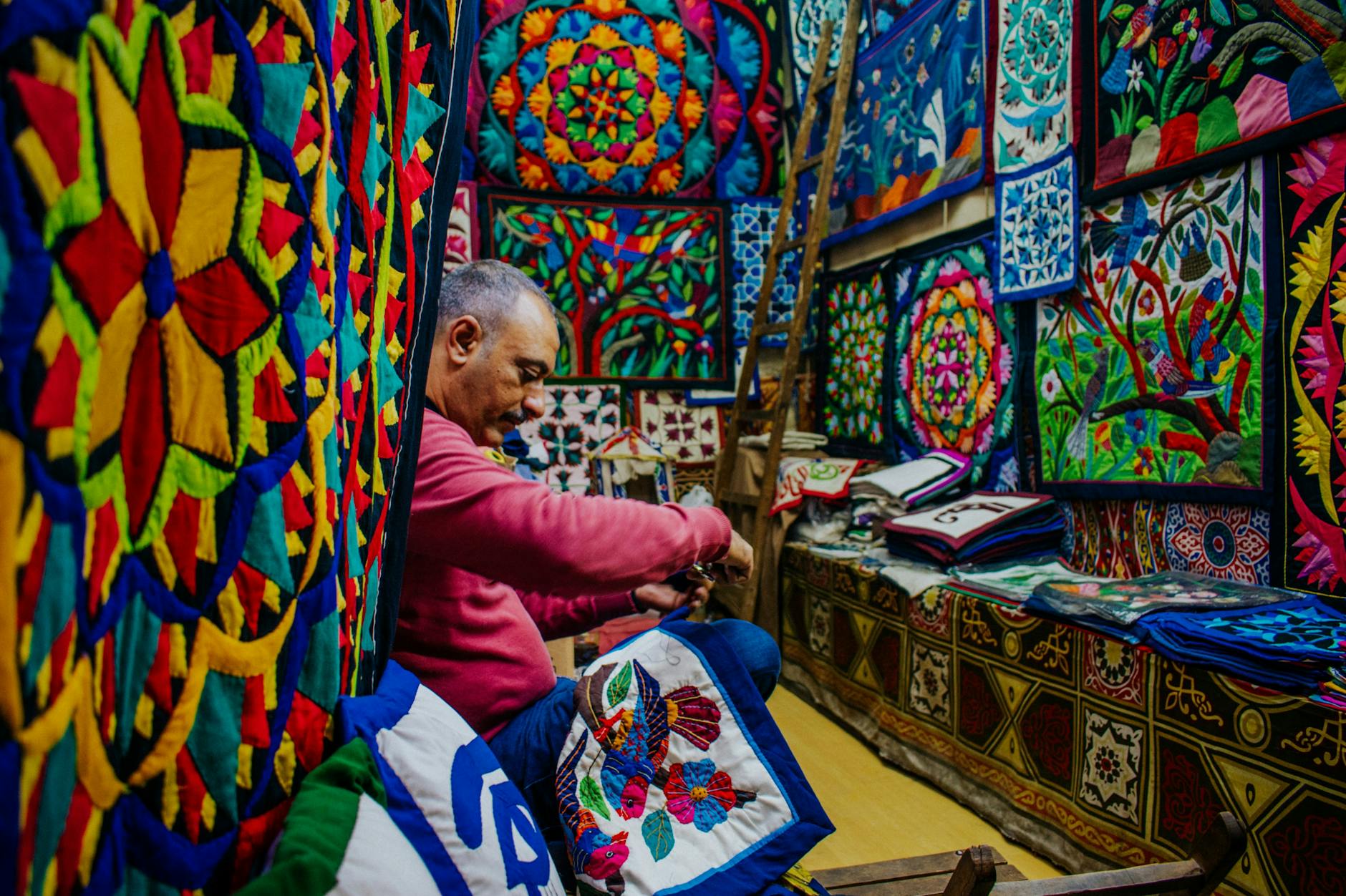No products in the cart.
Embroidery Tips & Guides
How to Create Quilts with Embroidery Designs
How to Create Quilts with Embroidery Designs
Creating quilts with embroidery designs merges the artistry of quilting with the detailed embellishment of machine embroidery files. This process enhances the aesthetic and tactile qualities of quilts, offering crafters the ability to personalize and elevate traditional quilting projects. Understanding how to combine these crafts effectively is essential for achieving professional, durable, and visually striking results.
- Proper planning of quilt layout and embroidery placement ensures cohesive design integration.
- Selection between hand and machine embroidery techniques impacts the texture and complexity of the quilt.
- Knowledge of compatible embroidery file formats and machine capabilities supports efficient workflow.
- Quilting techniques following embroidery installation secure the layers and maintain design integrity.
- Combining quilting tips and embroidery strategies benefits hobbyists and small business crafters alike.
Introduction to Quilts with Embroidery Designs
Quilts with embroidery designs provide a unique canvas for creativity, offering opportunities to incorporate various textures, colors, and motifs beyond conventional piecing and quilting stitches. This approach is useful for quilting enthusiasts, machine embroidery users—including Brother embroidery quilts operators—and small business owners aiming to add custom, high-quality embellishments to their handcrafted products. Mastering these techniques expands the scope of both quilting and embroidery, enhancing finished works’ marketability and artistic value.
Definitions and Explanations
Quilting traditionally involves sewing multiple fabric layers—typically a top, batting, and backing—together to create a padded textile. Embroidery refers to stitched decorative designs applied to fabric surfaces, either by hand or with specialized machines. When quilting and embroidery merge, the embroidery designs are integrated into the quilt top, either before or after assembling the layers, to add customized embellishments.
Machine embroidery files are digital patterns containing stitching instructions, compatible with various embroidery machines. Common file formats include PES, JEF, DST, HUS, and XXX. These formats ensure machine compatibility with brands like Brother, Janome, and Bernina. Selecting the appropriate file format is critical for ensuring smooth design execution on the embroidery machine.
Quilting tips for combining embroidery include planning design placement relative to fabric seams, choosing suitable stabilizers, and understanding stitch densities that work well on quilt materials. In particular, Brother embroidery quilts benefit from software and hardware features optimized for quilting tasks, supporting precision stitching and efficient hooping.
Practical Use Cases in Machine Embroidery for Quilts
Machine embroidery offers two primary types of quilting design applications:
- Single-run designs: These stitch over each line once, producing a delicate effect that mimics hand quilting with a lighter texture. They are ideal for subtle decorative accents or adding texture without overwhelming the quilt surface.
- Double-run designs: The machine stitches twice over each line, providing enhanced durability, detailed patterns, and fewer thread breaks. This method yields more visible, pronounced embroidery, creating impactful visual statements on quilting projects.
For example, applying machine embroidery designs to the quilt top before layering and quilting the fabric ensures the embroidery becomes an integral decorative element. This sequencing secures the embroidery beneath the quilting stitches, protecting thread integrity and avoiding distortion during the quilting process.
Additionally, digital files such as the Buffalo Embroidery Designs demonstrate how thematic or motif-driven patterns can further enhance quilts with unique regional or personal significance.
Benefits for Quilting Hobbyists and Small Business Crafters
Incorporating embroidery into quilts offers multiple advantages:
- Personalization: Embroidery enables adding names, dates, themes, or logos, ideal for gifts, commemorations, or branding handcrafted products.
- Increased design complexity: Combined techniques allow for rich visual texture and detailed motifs that elevate quilts beyond traditional patchwork.
- Improved marketability: Small business owners can distinguish products with custom embroidery, appealing to niche markets looking for unique designs.
- Compatibility with machines: Using standardized embroidery file formats such as PES or DST ensures smooth integration with popular quilting embroidery machines like those from Brother.
- Operational efficiency: Machine embroidery reduces time spent on detailed stitching compared to hand embroidery, allowing for larger production capacities or faster project completion.
Limitations and Challenges
Despite its advantages, some challenges exist when creating quilts with embroidery designs:
- Fabric stability: Quilting fabrics often vary in thickness and texture, so selecting appropriate stabilizers is necessary to prevent puckering or distortion during embroidery.
- Hooping difficulties: Ensuring proper placement and hooping of quilt sections can require patience and specialized hoops to accommodate bulkier materials.
- Thread and needle selection: Incompatible thread types or needles may cause thread breaks or fabric damage, necessitating specific supplies adapted for quilting and embroidery.
- File format compatibility: Not every embroidery file format works flawlessly with all machines, so confirming machine compatibility with specific file types like PES or JEF avoids errors.
- Skill requirements: Combining quilting with embroidery involves competencies in both crafts; beginners may need to consult tutorials or practice to achieve optimal results.
Summary and Call to Action
Creating quilts with embroidery designs involves a structured approach: planning quilt blocks with design placement in mind, selecting suitable machine embroidery files and file formats, applying embroidery to the quilt top, and finishing with professional quilting and binding techniques. This multifaceted process leverages both traditional quilting skills and modern embroidery technology, benefiting hobbyists and small business crafters by enabling personalized, high-quality textile art.
Further exploration of embroidery design collections such as the Braves with Axe Logo Designs can inspire incorporating iconic motifs within quilting projects. StitchDesignFiles offers an extensive selection of machine embroidery files in multiple formats, perfectly suited for customers seeking to combine embroidery with quilting. Access to these resources supports creative expression and efficient production in crafting embroidered quilts.

